3-in-1 DIY Quilt Design Wall with Cork
A quilt design wall is a must have for quilters of all kind! It’s a great tool to step back from your work and view your design(s). You can also test out fabrics or block placements to get a sense of how your quilt will look when complete. A design wall is also ideal if you want to leave your blocks in place while you work on different parts of your quilt. You will no longer need to crawl on the floor to arrange your quilt to get the overall look, or while basting your quilt.

Many fabrics can be used to make your design wall [fleece, cotton, etc.] - but have you ever considered felt? At The Felt Store we have tested all of our felt to see which types would hold up best. In reality, they will ALL work however, we found that acrylic craft felt works the best. We stuck cotton blocks all over our acrylic felt and it stayed in place just like it would if you were using fleece or cotton.
Not only does Acrylic Felt have that fleece like texture to hold your quilt blocks, you can also use it as a felt storyboard for kids! Acrylic felt sticks to itself so you can pair your acrylic felt yardage for the design wall with acrylic craft felt sheets to cut out shapes, letters, numbers, dolls - you name it - just stick it on the design wall. Have your young ones practice their spelling or counting, and when they are done, they can use the board to play with, or tell stories. But wait, there’s more - hence why this blog is called 3-in-1.


The third use for our design wall is a pinboard! By using cork backing you can easily pin cut outs, threads and other bits of inspiration directly to your design wall. When purchasing the cork backing, keep in mind that the cork should be at least 1/4″ thick to prevent pins and/or staples from going all the way through the cork and damaging the surface behind. However, the thickness of the cork needed is also dependent on the types of pins/staples that will be used with the cork.
- Staples are generally 1/4″ long, so you would need at least 1/4″ thick cork.
- Tacks/pushpins are generally 3/8″ long, so you would need at least 3/8″ thick cork.


If you are skeptical using the cork due to it being a bit more fragile compared to other materials, you can seal the cork using a water-based clear coat polyurethane. Cork is also light weight so it will easily hang on your walls and prevent any damage when removing the board.
What you'll need:
- Cork Sheet(s)
- Acrylic Craft Felt yardage
- Fabric scissors to cut the felt
- Hot glue gun and glue sticks
- Duct tape
- 3M Adhesive Hanging Strips
Optional:
- Acrylic Craft Felt sheets
- 3M Super 77 Classic Spray Adhesive (hot glue alternative)
- Basting spray (hot glue alternative)

Step 1.
Lay your felt out on a flat clean surface, making sure that it is larger than your corks surface area. Lay the cork sheet on top of the felt, and cut the felt down to size so that it is approximately 4 inches larger than the cork sheet on each side. The extra overhang of the felt is so that it can easily wrap around the thickness of the cork sheet and is able to be secured.


Step 2.
Prepare the corners of your design wall by cutting the edges of the excess felt. Repeat this for each corner.


Wrap the excess felt around the cork edges. Make sure to pull the edges taught and secure to the cork using your hot glue gun. Trim the corners of your felt to create a mitered corner.


Step 3.
Take your duct tape and secure the wrapped felt on the back of the cork sheet. The duct tape will act as a smooth surface for your 3M Adhesive Hanging Strips to adhere.



Grab an appropriate amount of 3M Adhesive Hanging Strips and adhere one side of the strips to the back of your design wall, securing them on the duct tape surface for the best adhesion.
*Note: Since the felt will add some thickness to the cork backing, make sure to adhere the strips onto the part of the duct tape that is raised due to the felt. This will ensure that the 3M Adhesive Hanging Strips adhere properly to your wall.


Step 4.
Measure your design board and make small markings along your wall to identify where you want it to adhere or hang. Mount your design board to your wall aligning the board to the small markings you just made.
And that’s it! Take a step back and admire a job well done and enjoy the benefits of having your own design wall - felt storyboard and pinboard.
Create additional panels to add more surface area to your design wall to suit the size of your space and needs.


If you would like to place a finished quilt onto your design wall, we recommend securing the top of the quilt on the board using pins - as the weight of the quilt might cause the quilt itself to fall.


We invite you to share your thoughts on this process, questions, comments or tips and tricks. Don’t forget to show off your creations with #thefeltstore on social media. We love seeing the creations our customers come up with.
 USA
USA CANADA
CANADA EUROPE
EUROPE
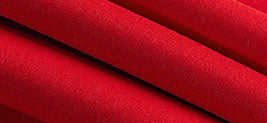
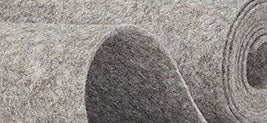

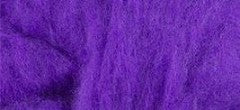
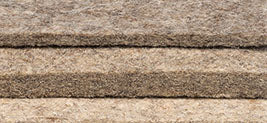
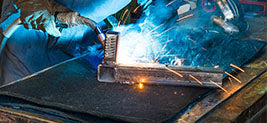
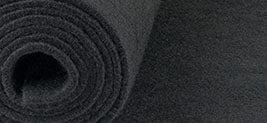
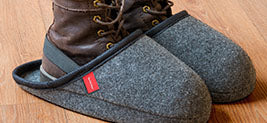
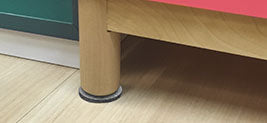
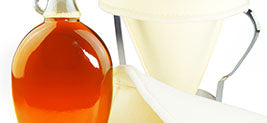
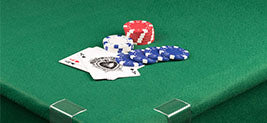
Leave a comment